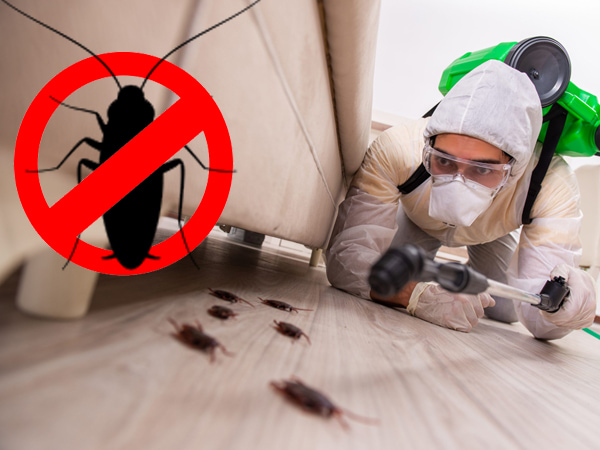Pest Control Near Me!
When faced with a pest infestation in your home or business, one of the most pressing concerns is finding reliable pest control near me. While professional pest control services are essential, the choice of chemicals used can significantly impact the effectiveness and safety of the treatment.
Choosing the Right Chemicals!
Let us explore which chemicals are best for pest control near me, considering both their efficacy and safety.
1. Pyrethroids:
Pyrethrins, a type of natural pesticide found in chrysanthemum flowers, are the inspiration for the synthetic compounds known as pyrethroids. They are widely used in pest control near me for their effectiveness against a broad spectrum of insects, including ants, roaches, and mosquitoes. Pyrethroids are often considered safe for humans and pets when used as directed, but they can be toxic if ingested or excessively inhaled. Professional pest control services typically use pyrethroids in a controlled manner, ensuring the safety of occupants.
2. Neonicotinoids:
Neonicotinoids are a class of insecticides that affect the nervous systems of insects. They are commonly used in pest near me to combat pests like aphids, whiteflies, and termites. While neonicotinoids are effective, they have faced scrutiny for their potential harm to pollinators, such as bees, and other non-target organisms. It’s important for pest control professionals to use these chemicals judiciously, applying them in ways that minimize environmental impact.
3. Insect Growth Regulators (IGRs):
IGRs are a unique class of chemicals used in pest control near me to disrupt the life cycle of insects. They inhibit the development of juvenile insects into adults, preventing them from reproducing. IGRs are particularly useful for controlling pests like fleas and bedbugs, which can be challenging to eradicate. Since IGRs do not directly harm humans or pets, they are considered a safer option in pest control.
4. Biopesticides:
Biopesticides are derived from natural materials like bacteria, fungi, or plant extracts. They are gaining popularity in pest due to their environmentally friendly nature and minimal impact on non-target organisms. Biopesticides are effective against specific pests while being safe for humans, pets, and beneficial insects. However, they may require more time to take effect compared to conventional chemical pesticides.
5. Boric Acid:
Boric acid is a versatile and relatively safe chemical used in pest control near me to target a variety of pests, including cockroaches, ants, and termites. It works by disrupting the digestive system of insects, ultimately leading to their demise. When properly applied, boric acid poses minimal risk to humans and pets. It is often used in bait formulations or as dust in cracks and crevices.
6. Desiccants:
Desiccants are drying agents that can be used in pest control to dehydrate and kill insects by absorbing their moisture. Common desiccants include diatomaceous earth and silica gel. These chemicals are non-toxic to humans and pets and are effective against pests like bedbugs, fleas, and ticks.
7. Fumigants:
In cases of severe infestations or when pests are deeply entrenched, fumigants may be necessary. These chemicals are applied as gases or vapors and can penetrate even hard-to-reach areas. Fumigants should only be used by trained professionals, as they can be highly toxic and require specialized equipment to ensure safety.
Conclusion
When seeking pest control near me, it’s crucial to rely on licensed and experienced professionals who are knowledgeable about the best chemicals to use for your specific pest problem. They will assess the situation, choose the most appropriate chemicals, and apply them safely and effectively. Remember that the best approach to pest control is a combination of chemical treatments, preventive measures, and ongoing monitoring to ensure your home or business remains pest-free.


Add Comment